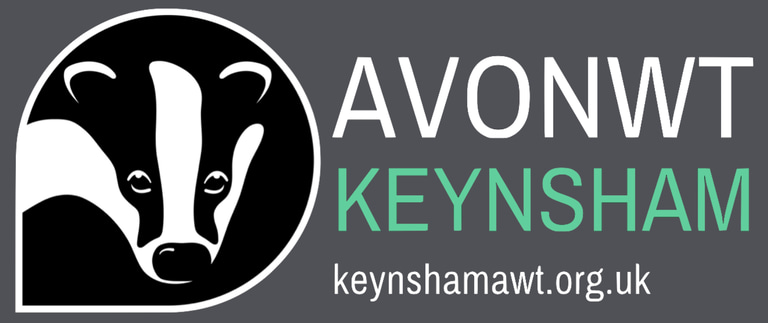Lamplighter's Marsh LNR
Group visit to Lamplighter's Marsh Local Nature Reserve near Shirehampton in July 2025.
Dave Sage
7/19/20253 min read

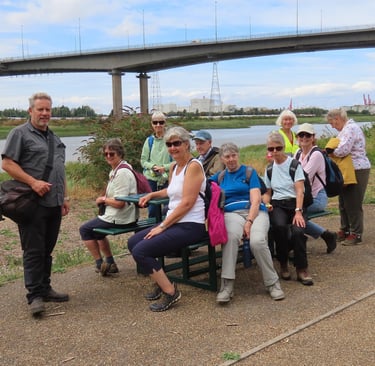
As a follow up to Stephen Judd’s excellent talk in November 2024, 10 of us were treated to a superb couple of hours seeing first hand just what brilliant work has been achieved by FOLM - Friends of Lamplighter’s Marsh. We met at Shirehampton station (3 members at the second attempt; initially waiting at nearby Sea Mills station!); a fitting place to start, as FOLM has developed strong links with GWR, as the main Severn beach line runs right through the reserve, and is a busy line.
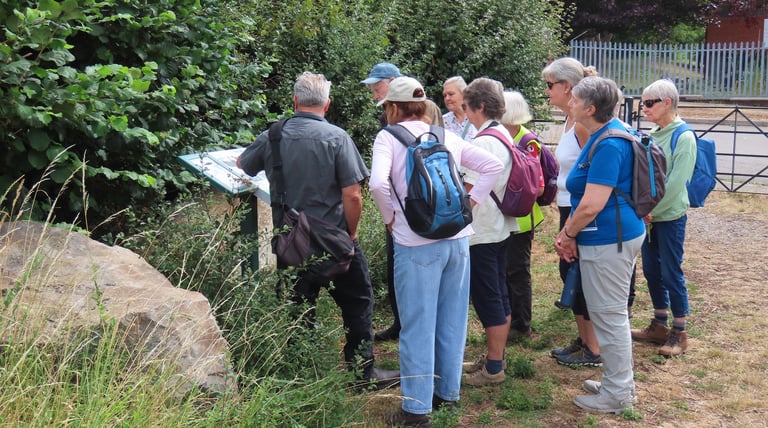

As a follow up to Stephen Judd’s excellent talk in November 2024, 10 of us were treated to a superb couple of hours seeing first hand just what brilliant work has been achieved by FOLM - Friends of Lamplighter’s Marsh. We met at Shirehampton station (3 members at the second attempt; initially waiting at nearby Sea Mills station!); a fitting place to start, as FOLM has developed strong links with GWR, as the main Severn beach line runs right through the reserve, and is a busy line.
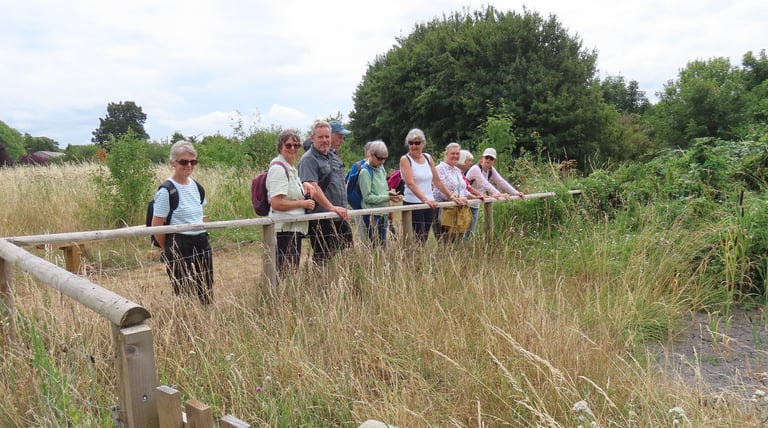

The walk was split into two halves, expertly guided by Stephen, whose local history and natural history knowledge blended perfectly. Firstly through the Daisy Field, past the War Horse, & along to the Park & Ride terminus; secondly, across the railway below the M5 Avon bridge and back along the river Avon to the Lamplighters Inn, from which the Nature Reserve derives its name. The Reserve is enhanced by some high quality information sign boards (one FOLM member is a graphic designer), outlining the history of the area and the work of the Friends’ group.
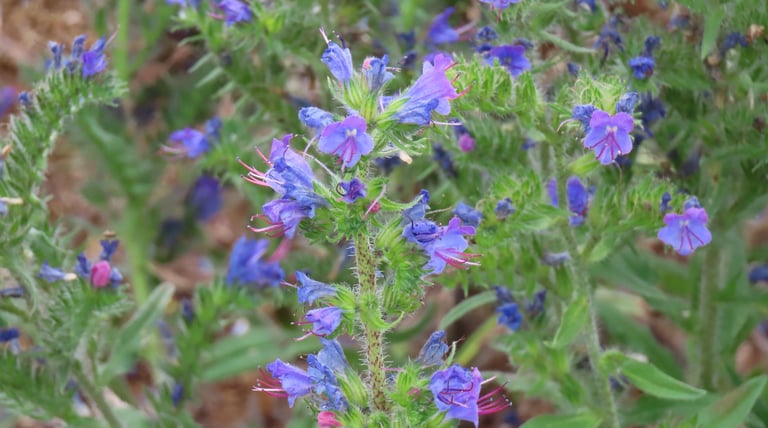

The Daisy Field is rich and diverse, containing bee orchids and an impressive orchard which includes Medlar, Apple, Pear and Quince. Several native trees have been planted, including Flowering Cherry, Birch, Rowan, Hawthorn, Blackthorn, Field Maple and Oak. The pond is currently dried up, but does attract newts and other amphibians, slow worms and a host of insects including dragon- and damselflies. There are plans to re-excavate and reline it. We heard a blackcap calling, and saw 7-spot ladybirds & marbled white butterflies. We also saw horse chestnut trees seemingly looking very unwell and autumnal, about to lose their leaves, but the cause is leaf mining beetle larvae, which, despite appearances, do not seem to do long term damage to the trees. Similarly, ermine moth caterpillars strip blackthorn bushes bare.
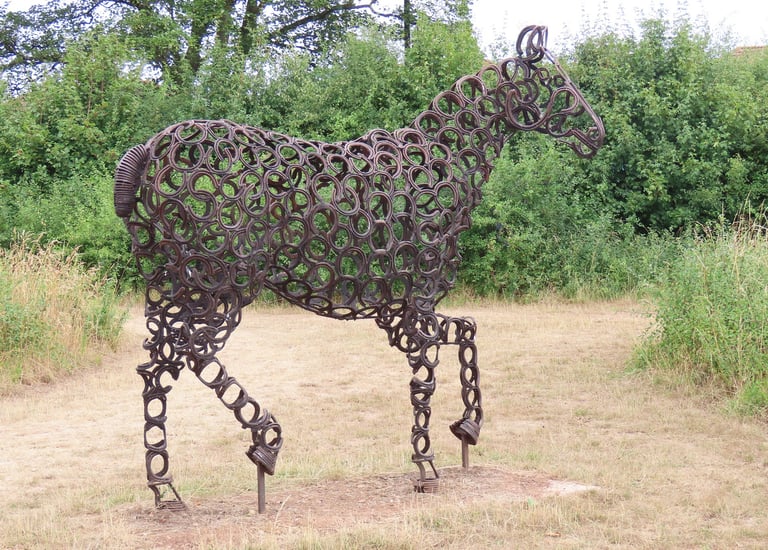

The War Horse was officially unveiled in September 2023. It is a superb, imposing life size structure made entirely of up-cycled old horseshoes, and is there to commemorate the fact that the area was a huge remount centre during the First World War, which received over 300,000 horses and mules, mainly from North America, which were trained before being sent to France for the war effort.


The second half of the walk was equally inspiring. The start was at the site of a small village, obliterated by the Luftwaffe in the 2nd World War. It is also where “Banana Boats” (Fyffes) docked, bringing in exotic cargoes from the Caribbean. The railway ballast, being mainly limestone, hosts a rich calcareous flora, including vipers bugloss, moth mullein, St John’s wort, birds foot trefoil, & huge blackberries! Having given hearty thanks to the brilliant Stephen Judd, the walk ended with a well-earned drink at the Lamplighters Inn.
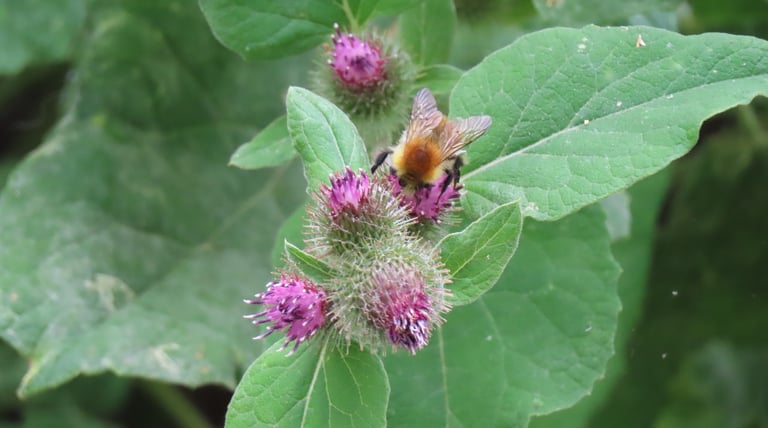

As always, huge thanks to Liz Wintle for organising such an interesting, enjoyable & successful outing.
Contacts
E-mail: info@keynshamawt.org.uk
Phone Kathy: 07850 508702
Avon Wildlife Trust:
Registered charity number 280422
Keynsham Group Avon Wildlife Trust
Follow us on Social Media:
